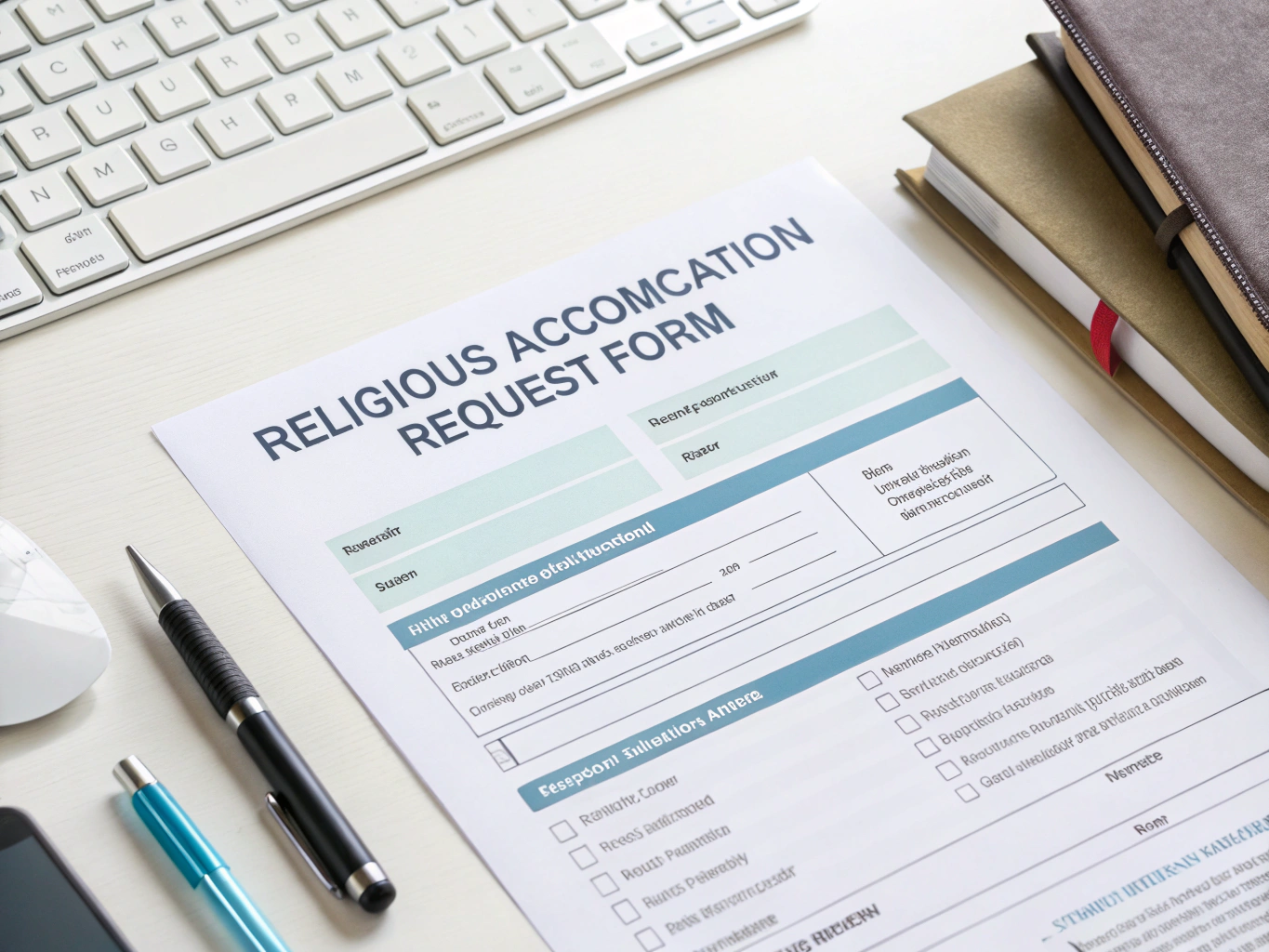What is a Candidate Rejection Letter Position Filled?
A Candidate Rejection Letter for a Position Filled is a formal communication sent to candidates who have applied for a job but were not selected for hire due to the position being filled by another candidate. This letter not only serves as a means to inform the applicant about the outcome of their application but also reflects your organization’s professionalism and empathy. Sending a timely and respectful rejection letter helps maintain a positive relationship with candidates and enhances your company’s reputation as an employer of choice.
Template
Below is a template you can customize for your organization’s needs:
[Date]
[Candidate’s Name]
[Candidate’s Address]
[City, State, ZIP Code]
[Email Address]
Dear [Candidate’s Name],
Thank you for your interest in the [Job Title] position at [Company Name]. We appreciate the time and effort you invested in the application and interview process.
After careful consideration, we have chosen to proceed with another candidate whose qualifications and experience align more closely with our current needs. This decision was challenging, as we were genuinely impressed with your background and skills.
We will retain your resume on file for future openings that may better match your qualifications. We encourage you to apply for any suitable positions that arise in the future.
Thank you again for considering a career with [Company Name]. We wish you the best in your job search and future endeavors.
Best regards,
[Your Full Name]
[Your Job Title]
[Company Name]
[Phone Number]
[Email Address]
Purpose and Benefits
The purpose of sending a rejection letter when a position is filled is multifaceted. It provides candidates with closure and demonstrates your organization’s commitment to respectful communication during the hiring process. Here are some practical benefits of using this letter:
- Maintains a positive employer brand by ensuring candidates feel valued, even when not selected.
- Provides candidates with closure, allowing them to move forward in their job search confidently.
- Enhances candidate experience, showcasing your organization as empathetic and respectful.
- Encourages future applications by leaving the door open for candidates to apply for other roles.
- Fosters goodwill, which can lead to referrals and a broader talent pool for future openings.
Essential Components
When crafting a Candidate Rejection Letter, it’s vital to include several key components to ensure clarity and professionalism:
- Personalization: Address the candidate by name to create a more personal connection.
- Expression of Gratitude: Thank the candidate for their time and interest in the role.
- Clear Outcome: Clearly state that the position has been filled by another candidate.
- Encouragement for Future Applications: Invite the candidate to apply for future openings that may suit their skills.
- Contact Information: Provide your contact details for any follow-up questions or feedback requests.
How to Use This Form
Implementing the Candidate Rejection Letter effectively requires a thoughtful approach. Here are some practical tips for using this form:
- Customize the template to fit your company’s tone and culture, ensuring it resonates with your brand image.
- Send the letter promptly after the decision has been made, ideally within a week of the interview process concluding.
- Consider including constructive feedback if appropriate, as this can help candidates improve for future opportunities.
- Maintain a consistent format across all rejection letters to uphold professionalism and brand identity.
- Keep a record of sent rejection letters to track communication with candidates for future reference.
Legal and Compliance Considerations
While rejection letters are typically straightforward, be aware of the following legal and compliance aspects:
- Ensure that your rejection letters do not contain any discriminatory language or implications based on race, gender, age, or any other protected characteristic.
- Be cautious with feedback provided in rejection letters; avoid any comments that could be construed as defamatory or misleading.
- Familiarize yourself with local labor laws regarding candidate communication to ensure compliance.
Best Practices
To make the most of your Candidate Rejection Letters, consider these best practices:
- Keep the tone professional yet warm; a friendly approach can soften the disappointment of rejection.
- Utilize templates but personalize them—specific details about the interview or the candidate can enhance the letter’s impact.
- Incorporate your company values into the letter to reinforce your brand identity, even in rejection.
- Follow up with candidates who expressed particular interest in your company, as this could help build a positive relationship for future hiring.




